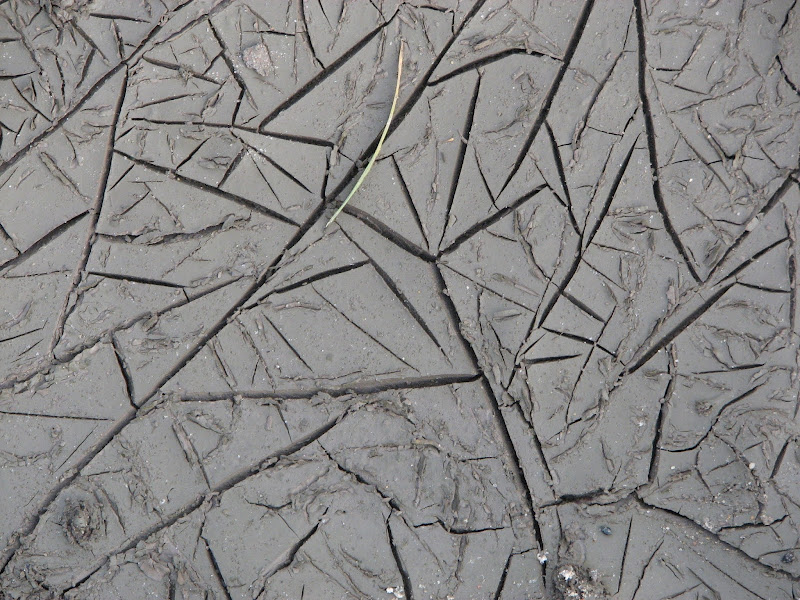Global death rate from rising temperatures projected to surpass the current death rate of all infectious diseases combined

The Climate Impact Lab A PinP photo. This summer, the world is experiencing record hot temperatures: A weather station in Death Valley, California, clocked one of the hottest temperatures ever observed on Earth. Simultaneously, the coronavirus pandemic’s devastating mortality impact and economic fallout are demanding society prioritize public health like never before. Details here.




